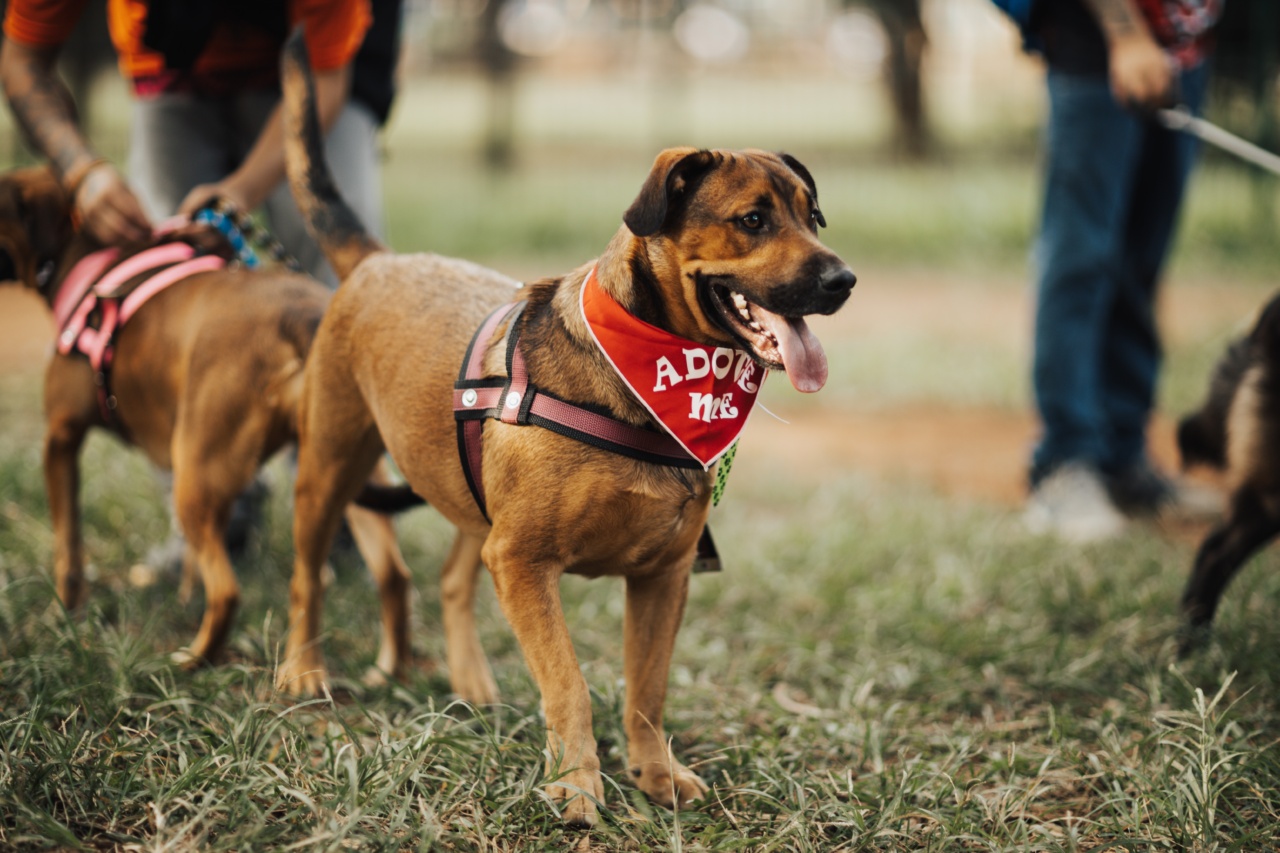Many dog owners have wondered whether their furry friends can actually see what’s happening on the television screen.
While dogs have keen senses, and their vision is actually quite good, the answer to whether or not they can process what’s happening on TV is a little more complicated than a simple yes or no. In this article, we’ll explore what dogs can see on TV, why some dogs seem indifferent to screens, and how you can make it more enjoyable for your pup.
What makes a dog’s vision different?
While dogs and humans both have binocular vision, the two species perceive the world in slightly different ways. Humans have a greater number of cones in their eyes, which are specialized cells that recognize color and detail.
Dogs, on the other hand, have more rods, which can detect motion and changes in light levels more effectively than cones can. This means that dogs have less color vision than humans but are better at detecting movement, and their vision is highly attuned to very low light environments.
The placement of a dog’s eyes on their head also affects their vision. While humans have eyes that face forward, giving us a sense of depth perception, dogs’ eyes are set farther apart.
This gives them a wider field of vision, but they have less binocular overlap than humans. This means they have a harder time focusing on objects up close and in fine detail, which is why they may have trouble recognizing text or small images on a screen.
Can dogs see TV screens?
Generally, dogs can see TV screens, but how they interpret what’s happening on the screen is different than how humans do.
Because dogs’ visual systems are more attuned to detecting motion than fine detail, they may have trouble following fast-moving objects on a screen. For example, they’ll have an easier time watching a documentary of a herd of buffalo than they would following a tennis match. They also have difficulty differentiating colors, which makes some cartoon shows less interesting to them.
The flickering of a television screen also has an impact on how dogs process images. Dogs have a faster visual flicker rate than humans—around 70hz compared to humans’ 60hz.
This means that when a dog looks at a TV screen, they may see a flickering image that can be disorienting and uncomfortable. This can be particularly true if you have an older TV with a lower refresh rate.
Why some dogs don’t like TV
Even if your dog can see the picture on the screen, they may not be interested in it. This can be for a variety of reasons, including a lack of exposure, attention span, or simply disinterest.
Dogs that have never been exposed to a TV may take some time to get used to it, as the sounds and flickering images can be novel and disturbing. Additionally, some breeds may be less interested in screens than others.
Breeds that are traditionally used for hunting, such as beagles or terriers, may be more apt to pay attention to a TV because their eyes are more adept at detecting small movements.
Your dog may also not care about TV programming because they don’t have a very long attention span. Just like humans, some dogs have shorter attention spans than others.
Terriers may be more apt to watch screens because they’re high-energy dogs that are naturally curious. Breeds that are more docile and less active, such as some types of bulldogs or mastiffs, may be less interested in watching TV.
How to make TV more enjoyable for your dog
If you want to encourage your dog to take part in family TV watching time, there are a few things you can do to make it more enjoyable for them. One of the best things is to find shows that are specifically designed for dogs.
There are a few channels, such as DogTV, that specialize in programming that is geared towards dogs. These channels offer content that is tailored to a dog’s unique perception of the world, including colors, sounds, and fast-moving images.
You can also try to make the TV viewing experience more interactive for your dog. This could involve engaging them in the show you’re watching by asking them to perform a specific behavior whenever something interesting happens on screen.
This could include sitting or giving a paw when they see an animal, for example.
Finally, it’s important to remember that TV should never replace real-life interactions with your dog.
While engaging with them through the TV can be a fun way to bond, it’s never a substitute for spending time playing, exercising, and cuddling with your furry friend.
The bottom line
While dogs may not have the same experience watching TV as humans, they can still see and process some of what happens on screen.
Dogs’ vision is more attuned to detecting motion than fine detail, which means they may enjoy shows that feature a lot of animal activity. However, some dogs may not be interested in TV programming, either because of a lack of exposure or simply because they don’t enjoy it.
If you want to encourage your dog to watch TV, you can try finding shows that are specifically designed for dogs or making the experience more interactive for your furry friend. Just remember that TV should never replace real-life interactions with your dog.






























